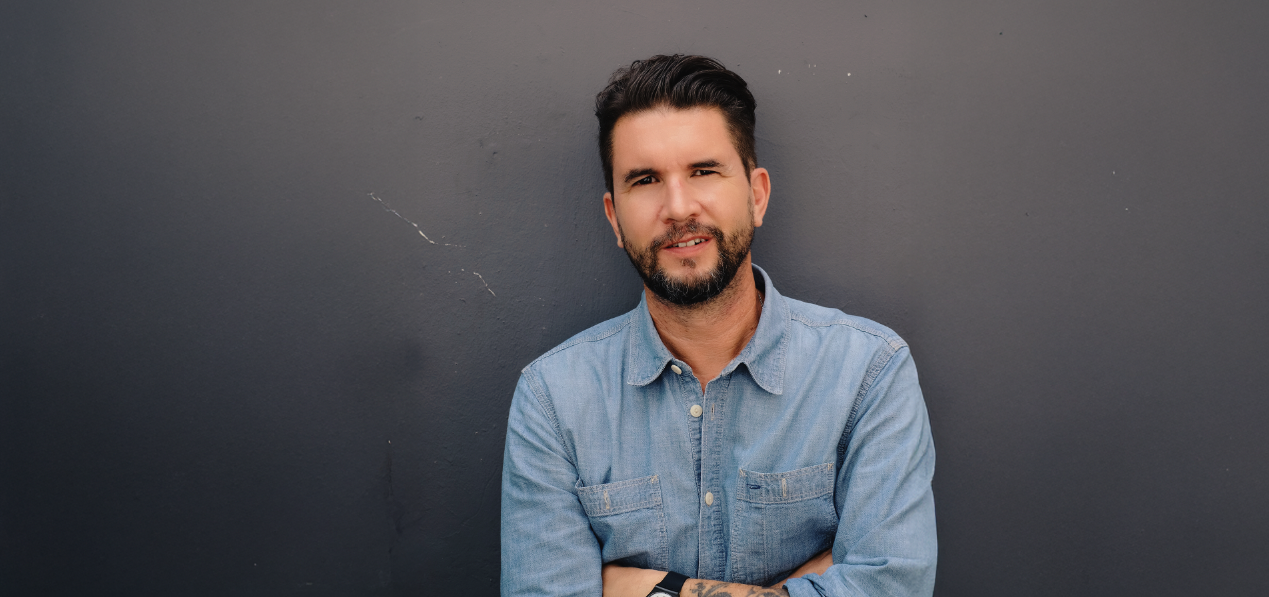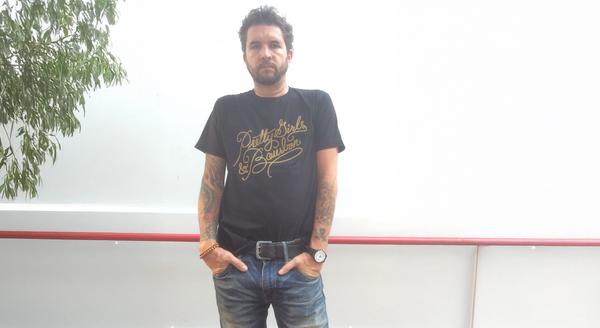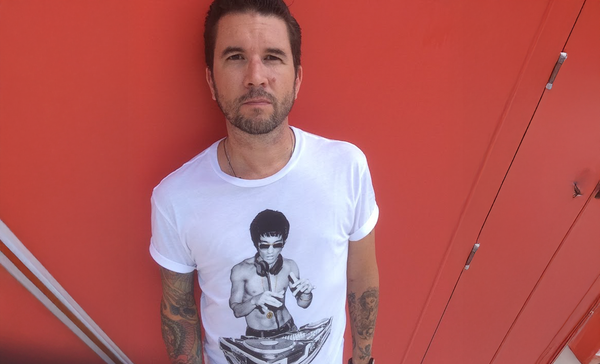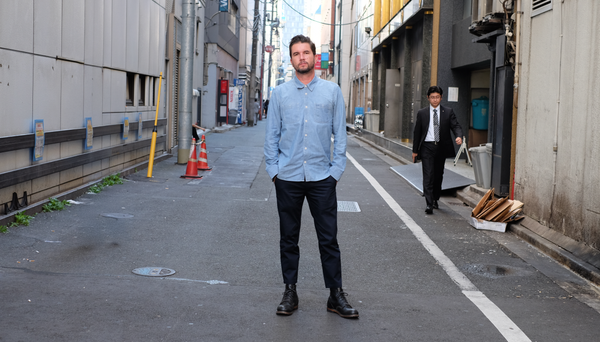We Gave Everyone the Same Tools. Now Everything Tastes Like Beige. Creativity was never about the tools.

Everyone has access to the same tools.
The same ChatGPT. The same Midjourney. The same Veo, Sora, Runway, ElevenLabs. The AI playing field has flattened faster than anyone expected. In just a year, the tools that once felt like secret weapons are now baseline utilities. This is not a future you can outsource to tech. It’s a present you need to navigate with people who think originally, because originality is the only edge left.
So let’s just say it plainly: AI is no longer a competitive advantage. It’s infrastructure. Table stakes. A lever, not a strategy.
And the biggest mistake I see agencies making right now is hiring for tool fluency, not intellectual agility.
The Portfolio Is Not the Person
We’ve long treated portfolios as shorthand for creativity. But the reality is that most portfolios are just a mirror of circumstance. Safe briefs. Conservative clients. Algorithm-chasing agencies. A parade of “content” designed for minimal resistance and maximum compliance. And then we’re surprised when creatives don’t bring breakout thinking to the table.
Of course they don’t. They were never asked to.
In most environments, they’ve never even been allowed to.
Which is why the most interesting creative minds I know are often hidden in plain sight. Their portfolios might look ordinary, but their thinking is extraordinary. They’re the ones who can take an average brief and spin it into something you’ve never considered.
Mastering the Tools Doesn’t Mean You Understand the Craft.
I teach teams how to use AI. Strategists, creatives, marketers, innovation leads. I’ve sat inside organizations where the fear of being left behind is palpable. But I’ve also seen something else: the people who go the furthest with AI aren’t the ones with the most technical experience. They’re the ones who know how to think in diagonals, who see around corners, who question the premise before jumping to the execution.
You can teach someone how to write a great prompt. You can’t teach them how to have better taste, more curiosity, or a deeper cultural lens, at least not in a full-day workshop.
The creatives I admire most aren’t just image-makers or copywriters. They’re navigators. They move between strategy and storytelling, culture and commerce, insight and execution. They don’t just solve the brief. They challenge the problem behind it. They treat tools (AI, Figma, a napkin sketch) like extensions of thought, not replacements for it.
Hire the Thinking, Not Just the Work.
It’s easy to mistake productivity for creativity right now. AI makes it feel like more is better. Faster is smarter. But more of the same, made faster, is not innovation. It’s a treadmill.
What separates real creatives today isn’t how fast they can generate ideas. It’s how far they can think beyond what’s been done before.
If you’re hiring based on portfolios, you’re hiring the past. If you’re hiring based on software proficiency, you’re hiring the middle. But if you’re hiring based on how someone thinks, how they question, connect, stretch, remix, now you are hiring the future.
Pattern Recognition Isn’t Brand Building
In a recent chat with members of The Marketing Society, Gita de Beer, who is the Chair of The Marketing Society Singapore as well as the Global Director Strategic Initiatives, Heineken, put it perfectly:
“Even with the best inputs, AI creates by recognizing patterns not breaking them. When every brand runs through the same system, the output starts to blur. Fast, scalable, safe, but not standout. You don’t build iconic brands by playing it safe at scale.”
She’s right.
When you push every brief through the same factory logic - same tools, same templates, same KPIs - you don’t get differentiation. You get diminishing returns.
AI is brilliant at recognizing what’s already worked. But iconic brands aren’t built on what worked. They’re built on what changed everything. On the thing no one expected but everyone remembers.
The great work isn’t a result of scale. It’s a result of creative divergence. So the question isn’t “how fast can we make this?” It’s “what are we brave enough to make different?”
When everyone has the same tools, sameness becomes the default.
Bravery becomes the differentiator.
Creativity doesn’t come from your AI stack. It comes from your talent and the space you give them to think beyond what’s safe, scalable, or predictable.
Creativity Isn’t Dead. It’s Just Been Misunderstood.
We don’t need fewer creatives in the AI era. We need better environments for creativity to thrive. That means better briefs. Bolder clients. More strategic risk. Less chasing of trends and more commitment to original thinking.
Because when everything looks like everything else, the only thing left that matters is how someone thinks and why they make what they make.
AI won’t save your brand. But a brilliant, creative thinker might.

If you have read this far, you must enjoy reading. I wrote a book on how I think about AI, or rather how I think about things before I think about AI. Its a good read, but don't just take my word on it. I gave the manuscript to a few AI models and here is what they said.
"Smith brilliantly connects Socrates' ancient art of questioning with our modern AI challenges, showing us how to ask better questions to get deeper answers. IF you are feeling Overwhelmed by AI, this book sin't just another tech guide - It's your roadmap to thinking better in the age of algorithms." - Claude.ai
"Whether you are a leader aiming to sharpen your strategic decision-making, a professional navigating AI's impact on your industry, or simply a curious thinker seeking to ask better questions, this book is a must-read." - ChatGPT 4o
"A timely and profound exploration that transforms Socratic Wisdom into a practical toolkit for the Age of Ai. Smith has written the essential field guide for critical thinking in the 21st century." - Perplexity




